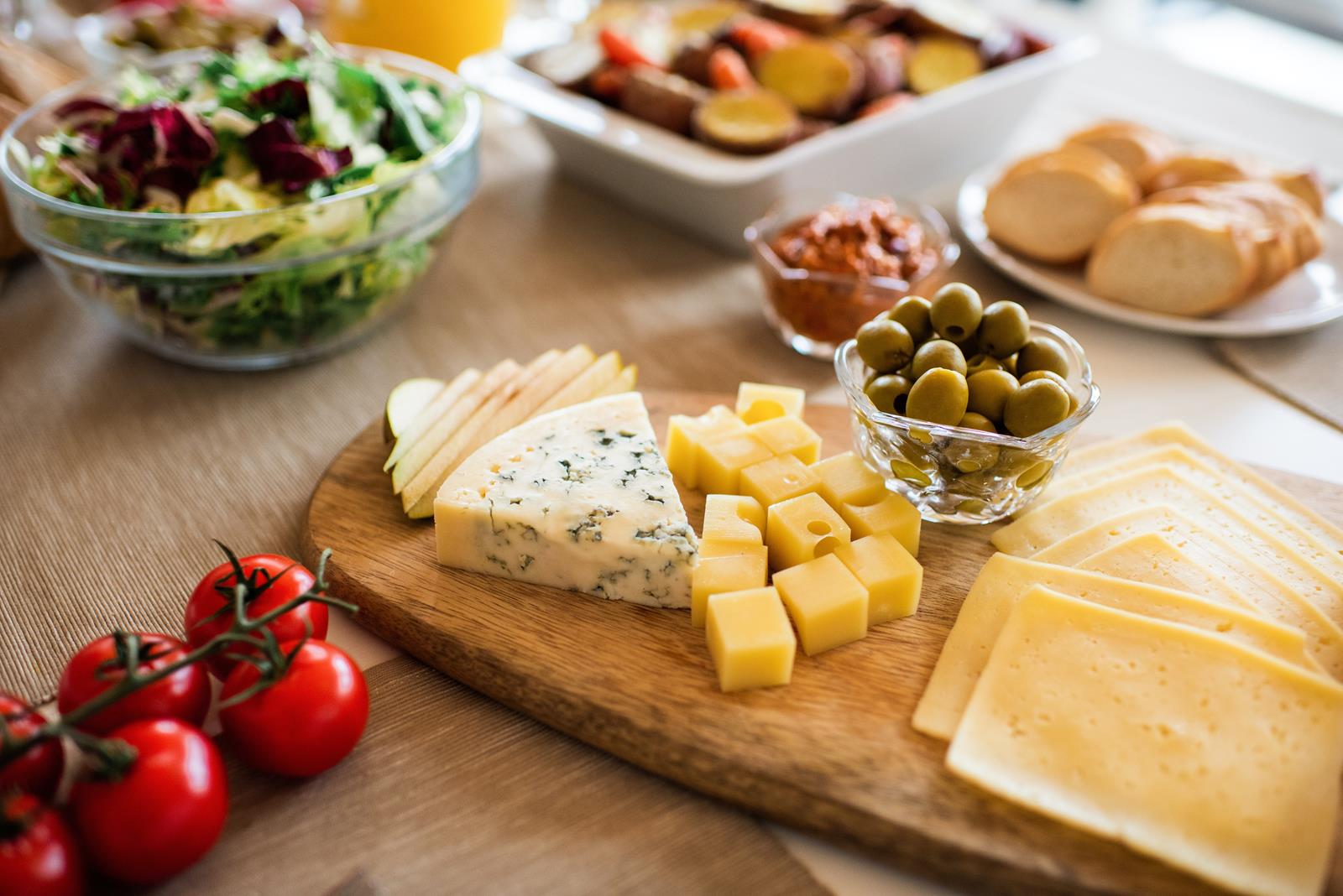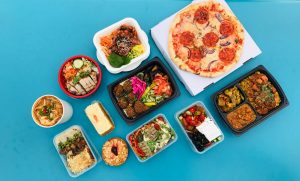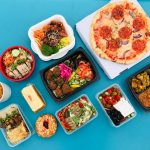
3 Food Types – Overview
When people talk about nutrition they are usually talking about food. Food is any material eaten to give nutrition to an organism for life. The food that animals eat can be classified into vegetable, animal, or fungi based on where it was produced and how it is processed. Most modern people get most of their calories from animal products like meat, dairy products, fish, etc. Food is generally of animal, plant or fungal source, and has necessary nutrients, including protein, carbohydrates, vitamins, or minerals to live.
Although we get most of our calories from food, the majority of us don’t get all of the necessary nutrients from food, especially necessary amino acids which are used in the body for energy production and to build cells. This means that the majority of us go without essential vitamins and minerals which are needed to keep the immune system healthy. Food that is lacking in essential nutrients tends to weaken the immune system and make us more prone to disease. The best dietary fibre to take is plant based fibre because it provides the most benefit for our immune system.
The fibre in 1 food serves several purposes. It is a source of B-vitamins, which are needed to help regulate the menstrual cycle and maintain a regular monthly cycle; helps with weight control by reducing appetite and preventing fat gain; acts as a metabolism booster by speeding up the fat breakdown process; helps protect against diabetes and cardiovascular disease; and provides calcium and phosphorus for strong bones and teeth. It is also a source of fiber, B vitamins, magnesium, potassium, chromium, iodine and niacin. That’s more than enough to help your body function properly!
Today’s western diet is lacking in essential fatty acids, carbohydrates and protein. This is one of the main reasons that the food industry continues to grow foods that are highly refined and processed to the point that there is little or no nutritional benefit at all. The food industry also promotes foods that are high in carbohydrates, high in sugar and/or salt. When it comes to nutrition, food processing rules!
Most people in the Western world are eating diets that are literally filled with junk foods. They have forgotten the true power of whole foods. Fruits and vegetables are an important part of a healthy balanced diet and are the foundation for a healthy lifestyle. Most fruits and vegetables are filled with essential nutrients that our bodies need. However, most of the fruits and vegetables on the market are highly processed. They are devoid of the most nutrient rich foods that our bodies need.
Fresh, unprocessed vegetables and fruit are full of essential vitamins, minerals and phytonutrients. Different types of vegetables contain different types of nutrients including beta carotene, iron, Vitamins A, C, E and B-complex. It’s easy to eat a wide variety of fresh vegetables and fruits each day. Fresh whole foods are easily available at farmer’s markets and local food banks.
When we talk about nourishment, fruits and vegetables are the most nourishing food groups. However, when people refer to a food as nourishment, they are usually talking about those foods that provide sustenance for the body. Some examples of this type of food are eggs, milk, butter, cheese, tuna, nuts, legumes (like beans), and whole wheat pasta. The 3 food groups that I just mentioned are all natural food groups. This means they do not come from a farm and they are all natural by definition.
The last type of nourishment is the nutrient-rich food. This type of food is used to replace a source of nutrients that is no longer available or found in less abundance, for example water. Examples of this type of food would be dried fruits, dried meats, nuts, whole wheat pasta, and fresh vegetables. Nourishment is really a very important aspect of being healthy and living a long, happy life.




